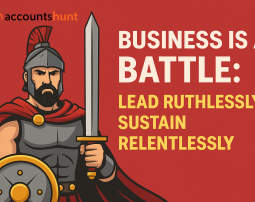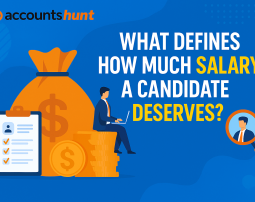How to Win an Argument Without Making the Other Person Lose
No organization becomes great without the synergy of human minds.
But when humans come together — so do conflicts, frictions, and arguments. It’s natural. We’re wired for it. We are, after all, social animals.
As an entrepreneur or leader, remember:
Your employees aren’t “others” —
They are part of your resources, your capital, and often, the soul of your brand.
So, if an argument arises — ask yourself:
“Do I want to win this argument, or do I want to win my team?”
Because in every argument:
-
One person wins
-
One person loses
But great leaders learn the art where both walk away feeling respected — even when decisions don’t go both ways.
Here’s how you can “win” without creating a loser:
✅ Let them speak first
Give them the space to express. People value being heard more than being agreed with.
✅ Listen without interruption
Even if you don’t agree, listen with genuine intent. Empathy isn’t agreement — it’s understanding.
✅ Don’t begin with disagreement
Avoid “I don’t think that’s right” as your opener. It builds walls. Start with common ground or validation.
✅ Focus on the problem, not the person
Detach the issue from the individual. Make it us vs. the problem, not you vs. me.
✅ Ignore the tone, focus on the message
People sometimes express frustration poorly. Be mature enough to listen between the lines.
✅ Be mindful of your tone and words
Volume, vocabulary, and body language can make or break the energy of the conversation.
✅ Clearly but gently define the next steps
Your role is to align, not dominate. Communicate actions in a way that feels collaborative, not imposed.
✅ Give them space to respond
Let the dust settle. Sometimes people need a few minutes to shift from emotion to logic.
✅ You’ll know you’re winning…
…when the other person starts giving you space — not out of fear, but out of trust and respect.
🎯 Takeaway:
The strongest leadership is invisible.
It’s the one where people feel heard, seen, and safe — even when they don’t get their way.
Win the person, not the point.
Because that’s how real organizations — and real leaders — grow.




